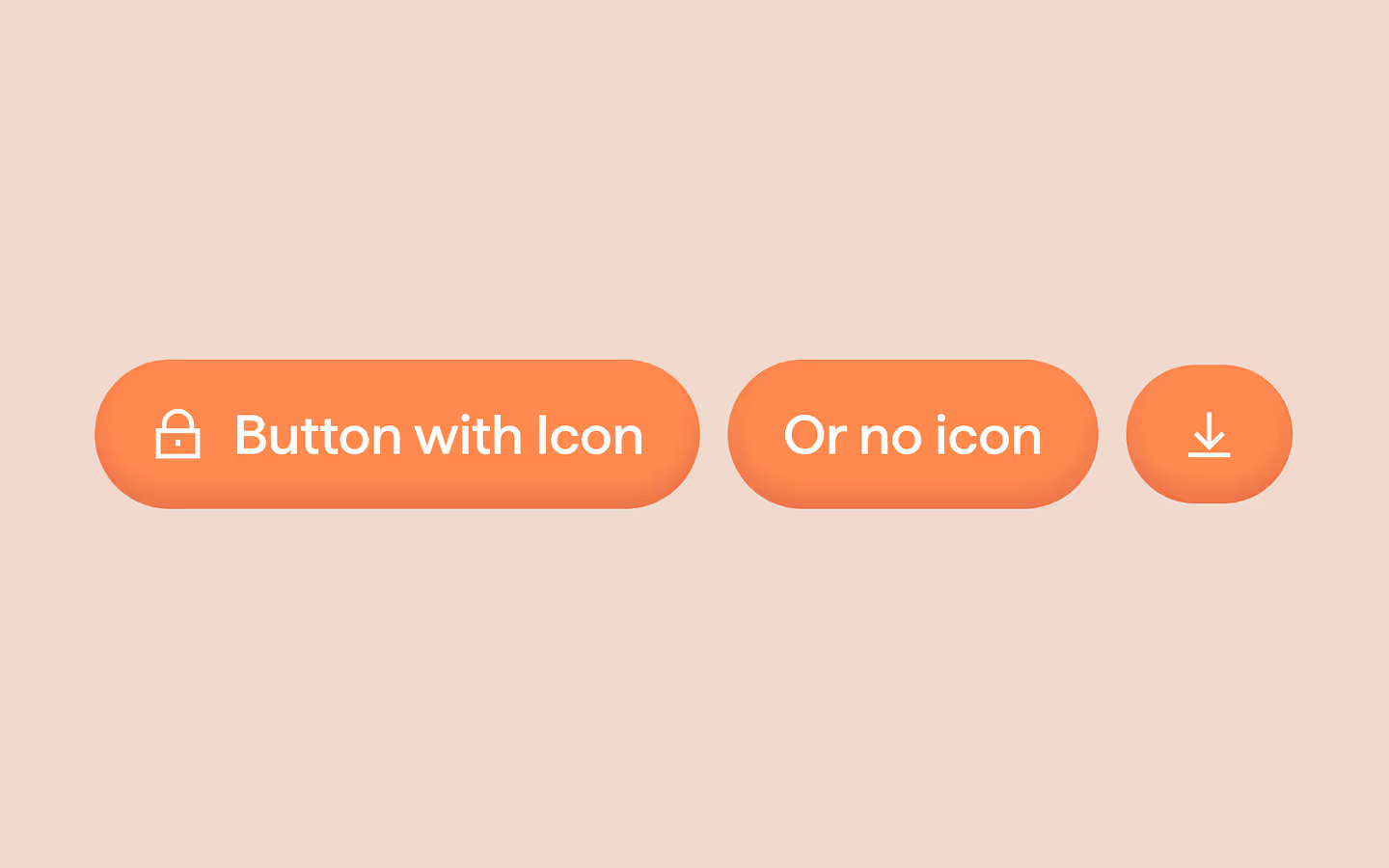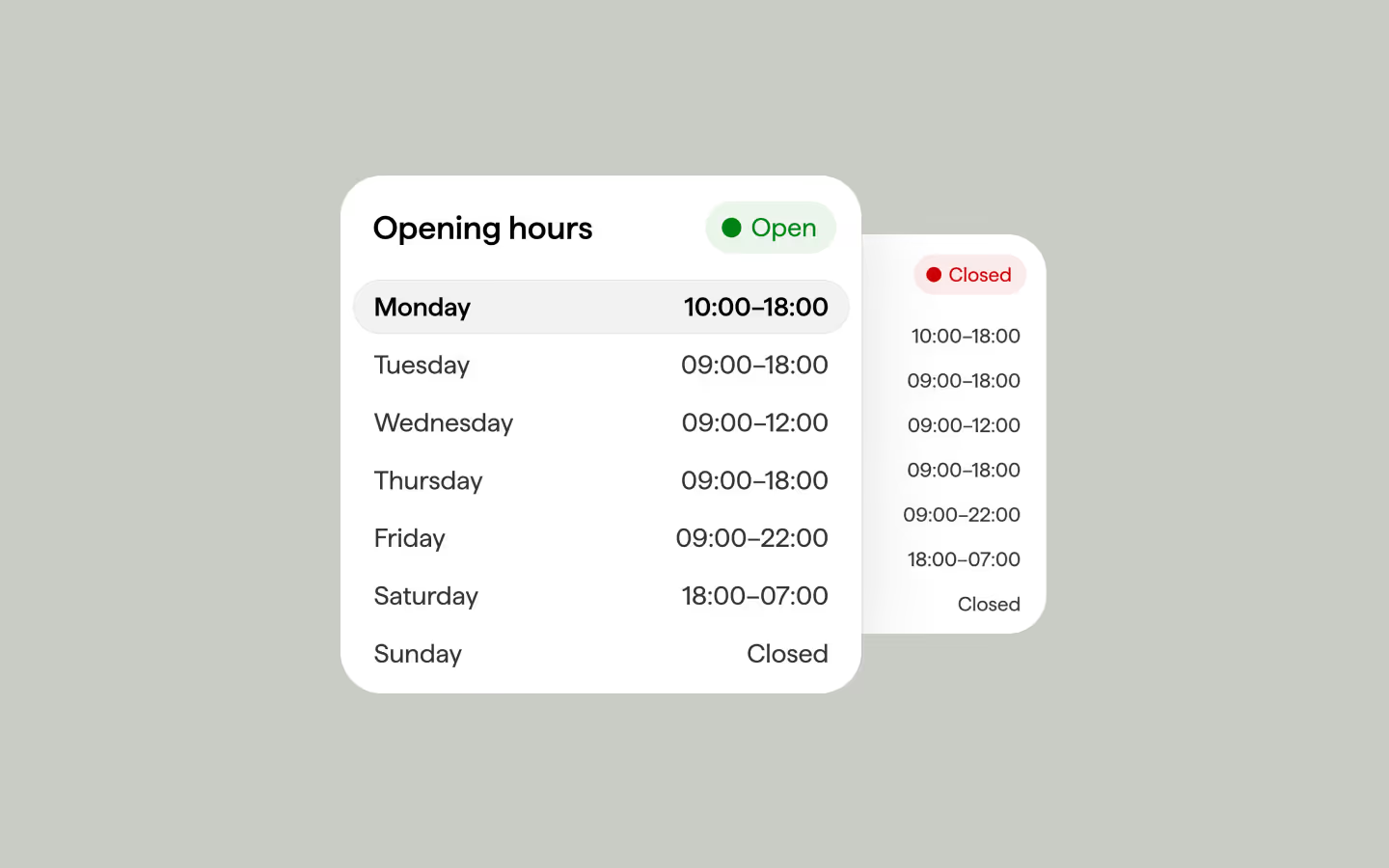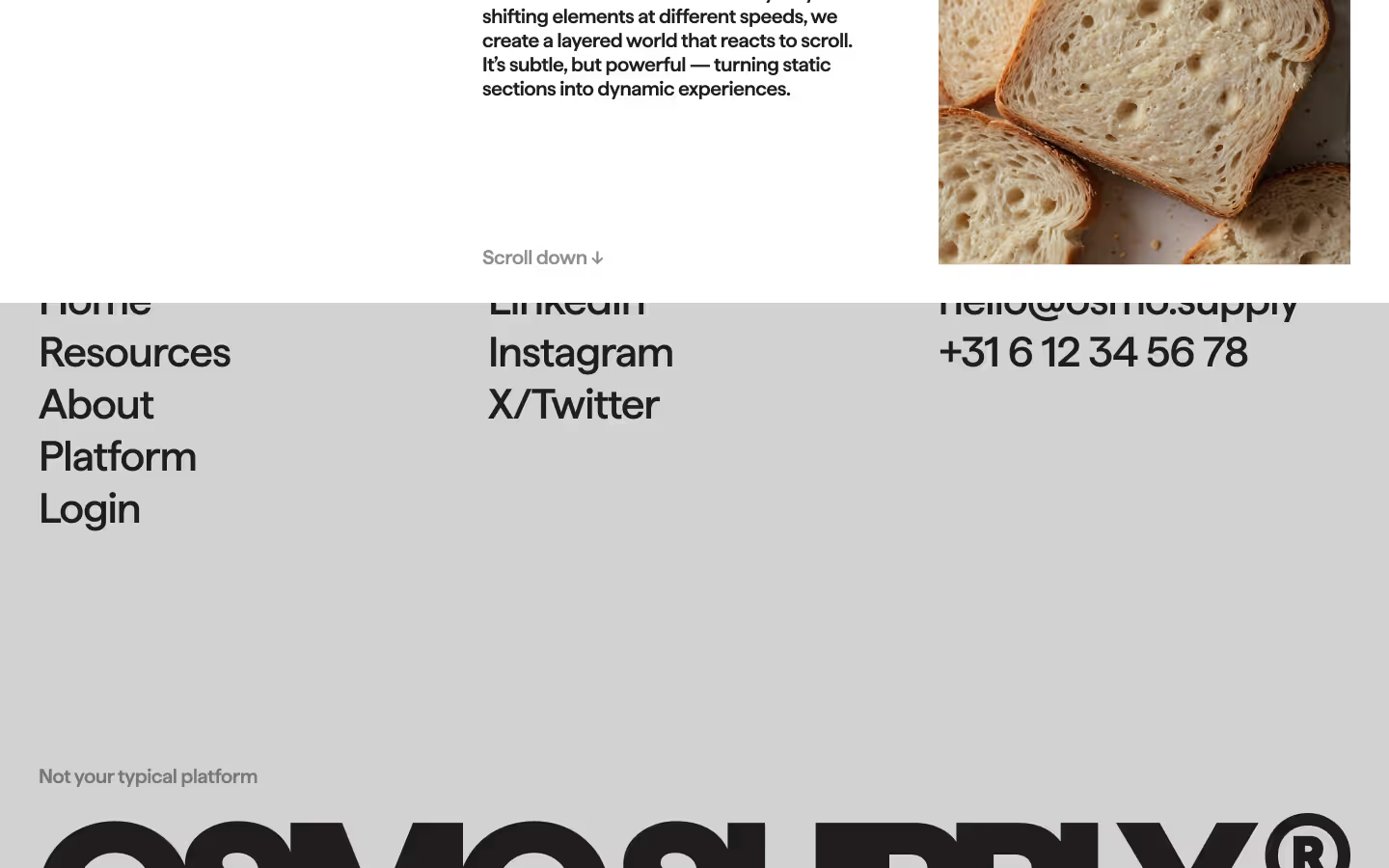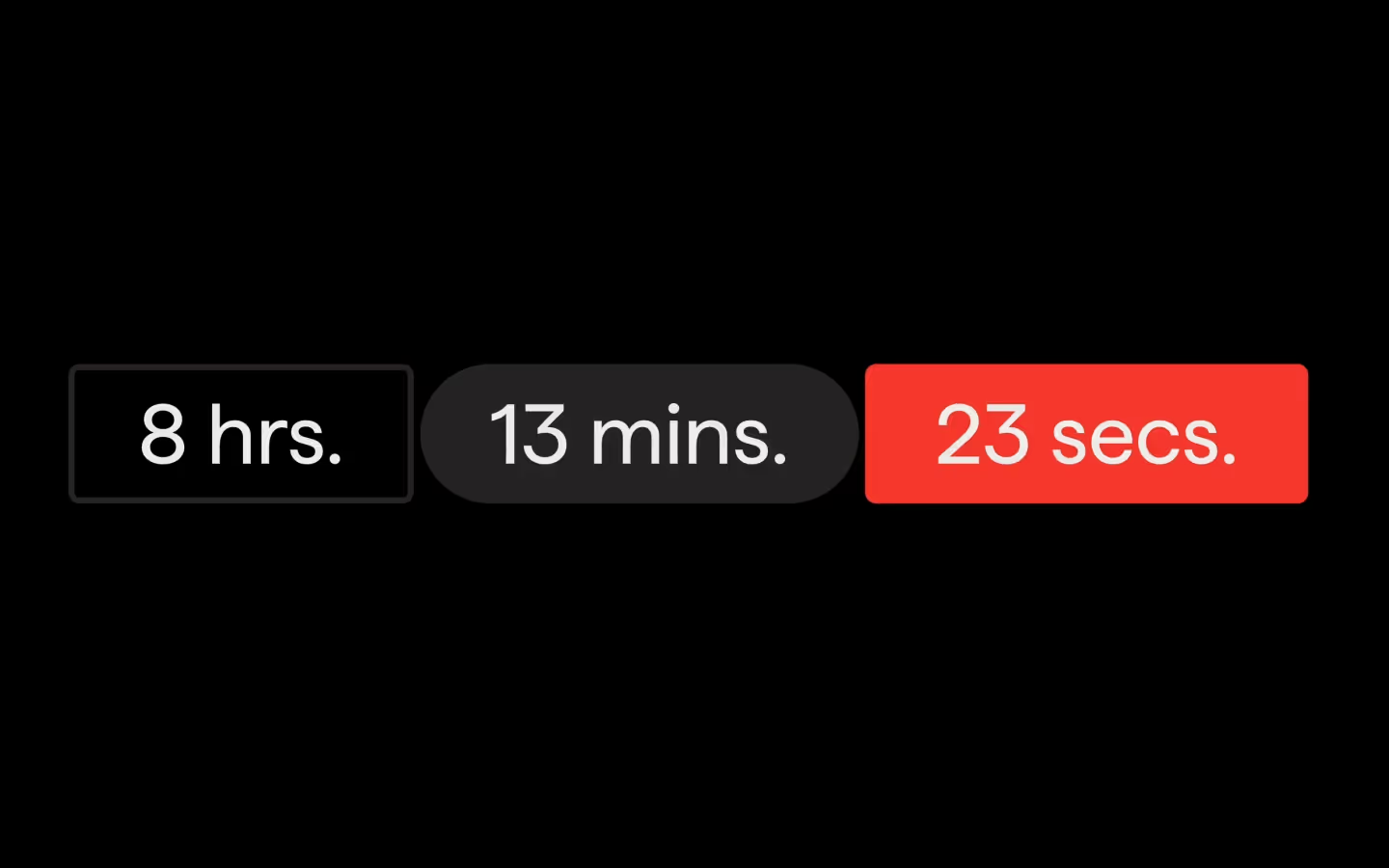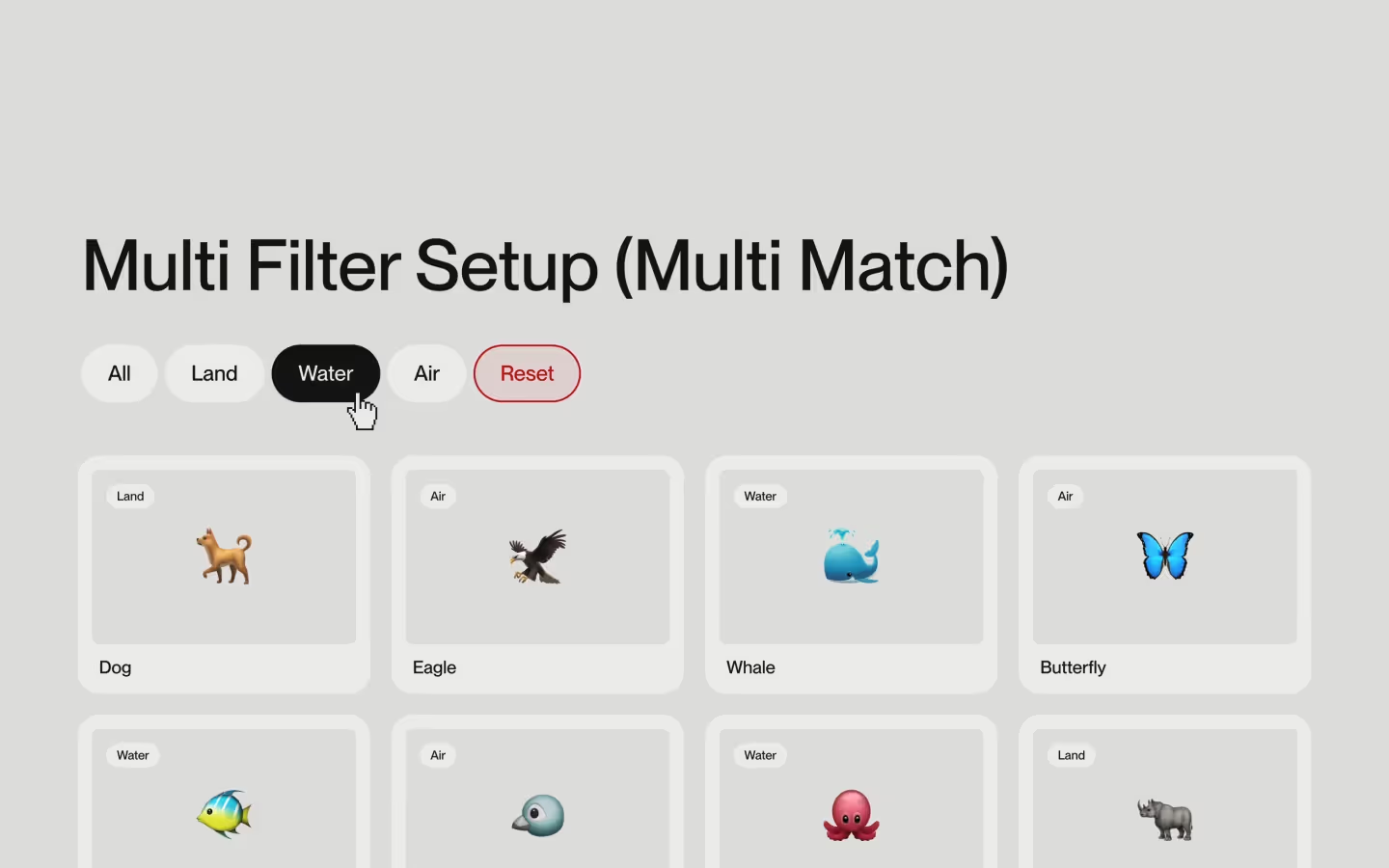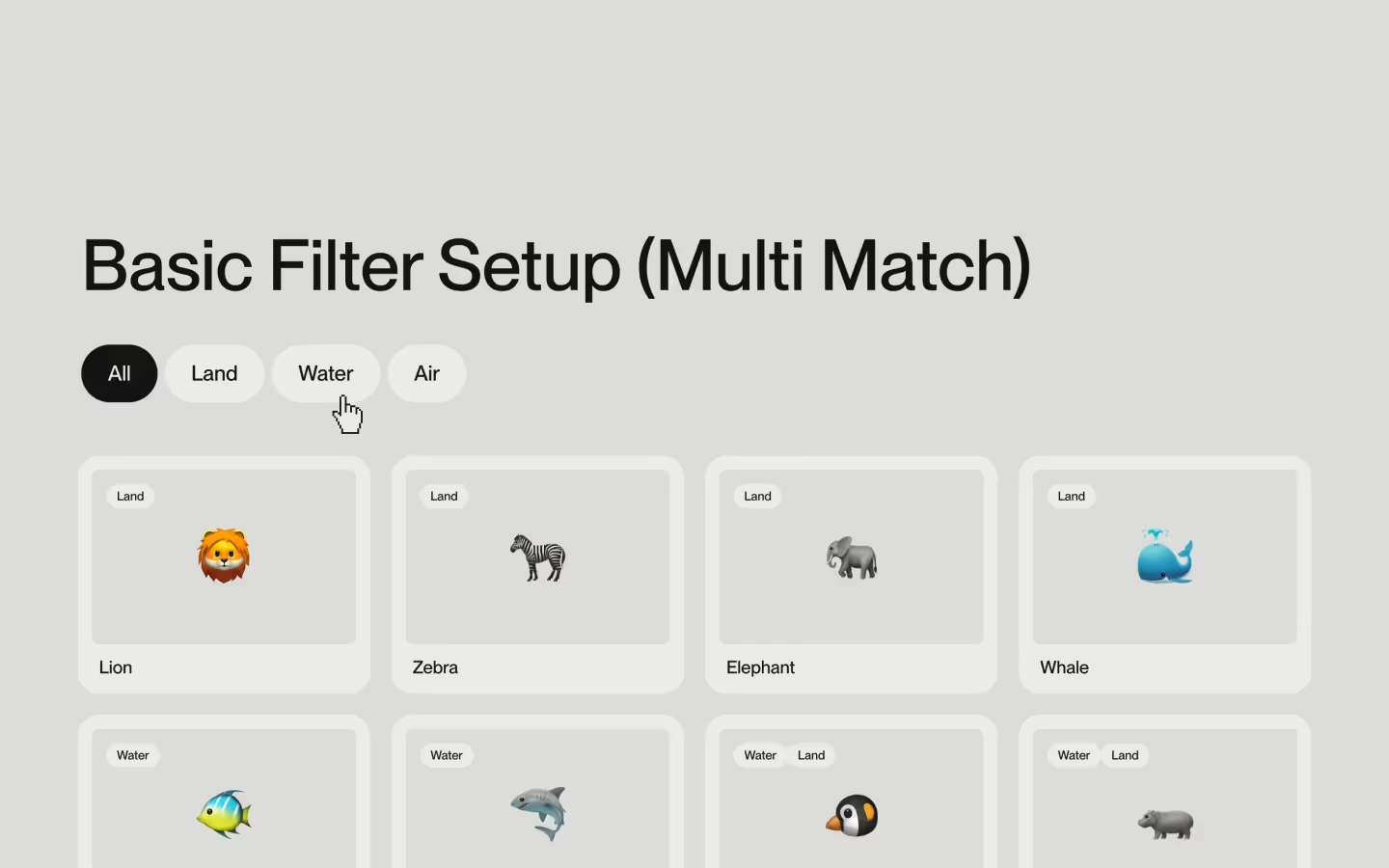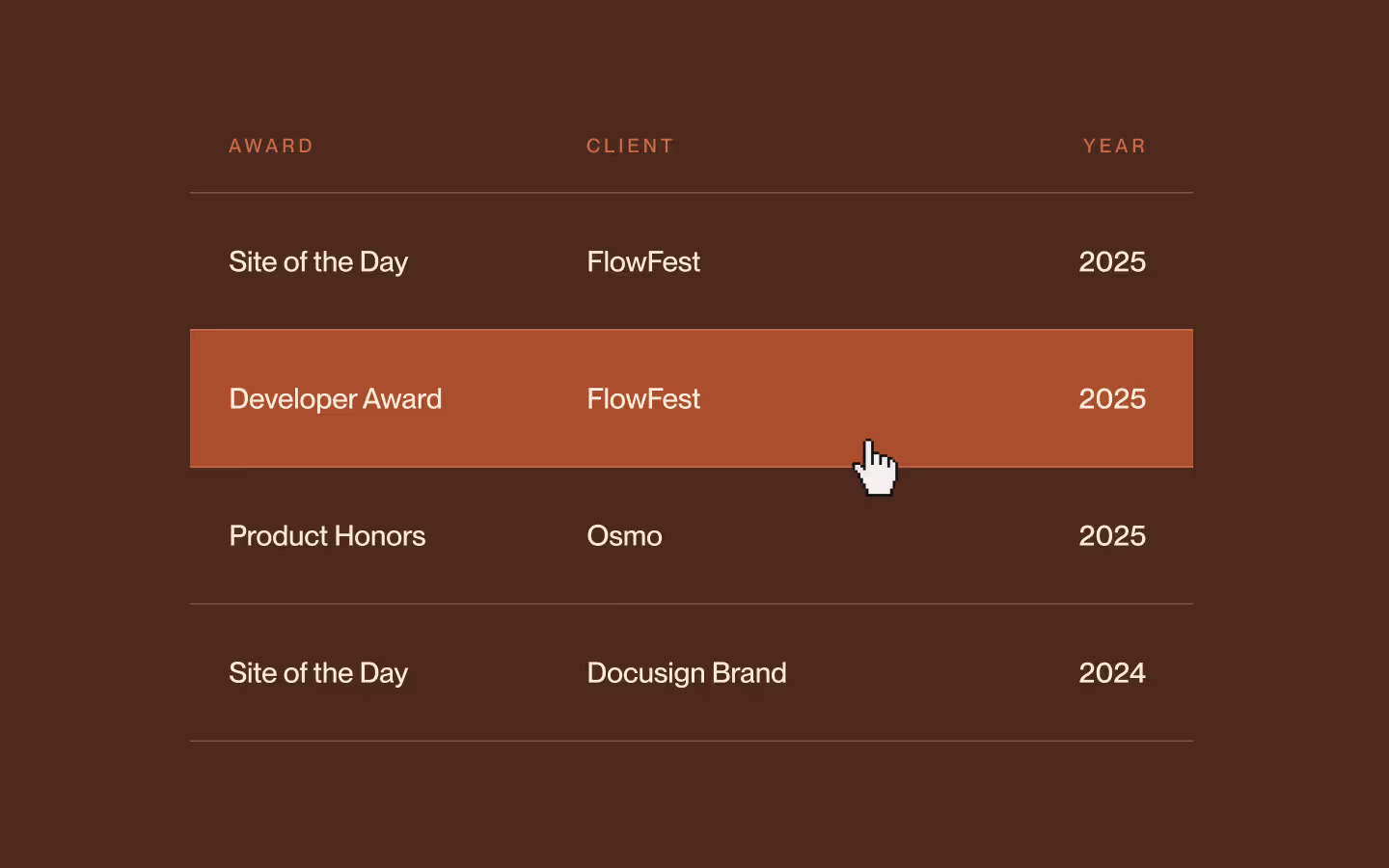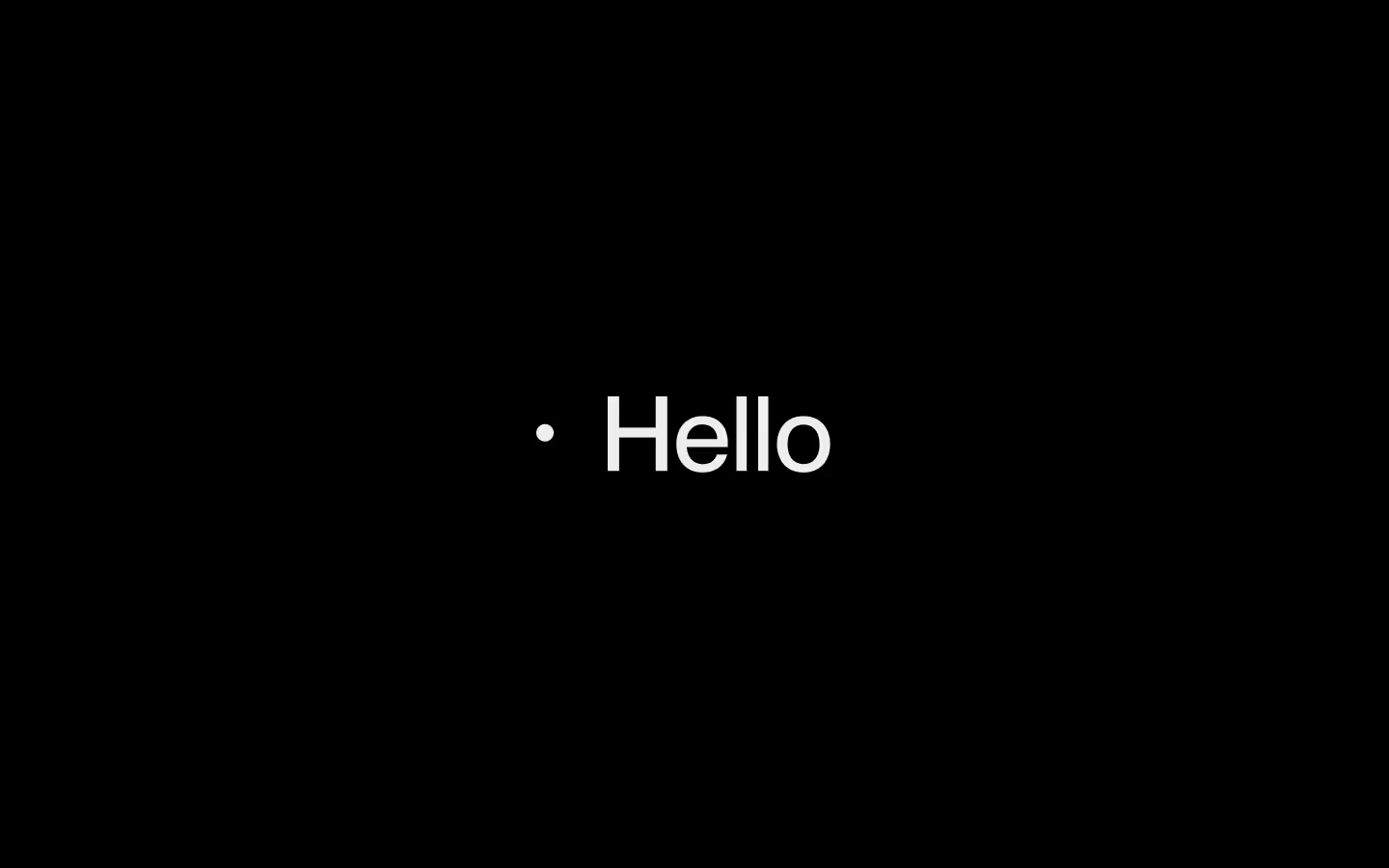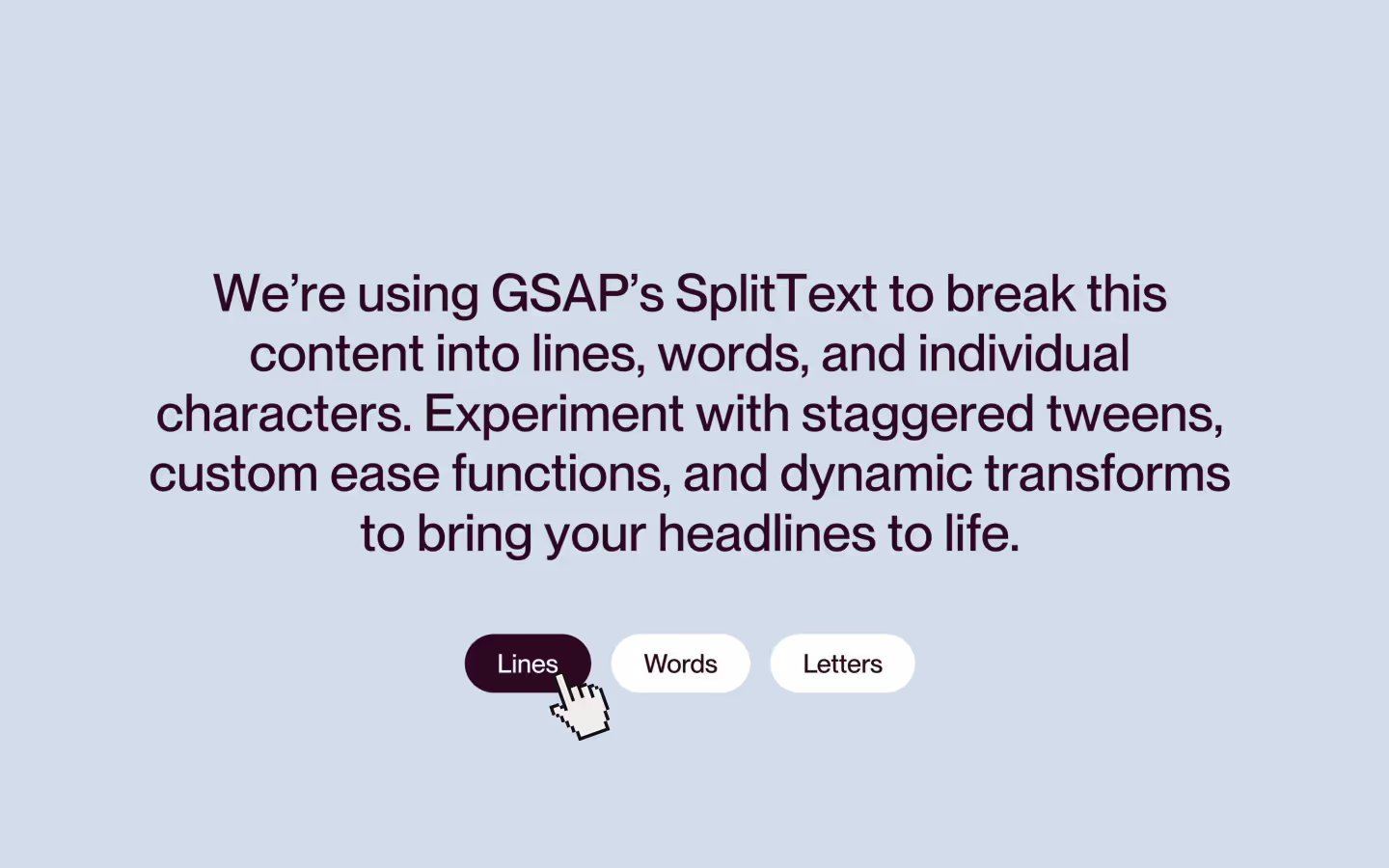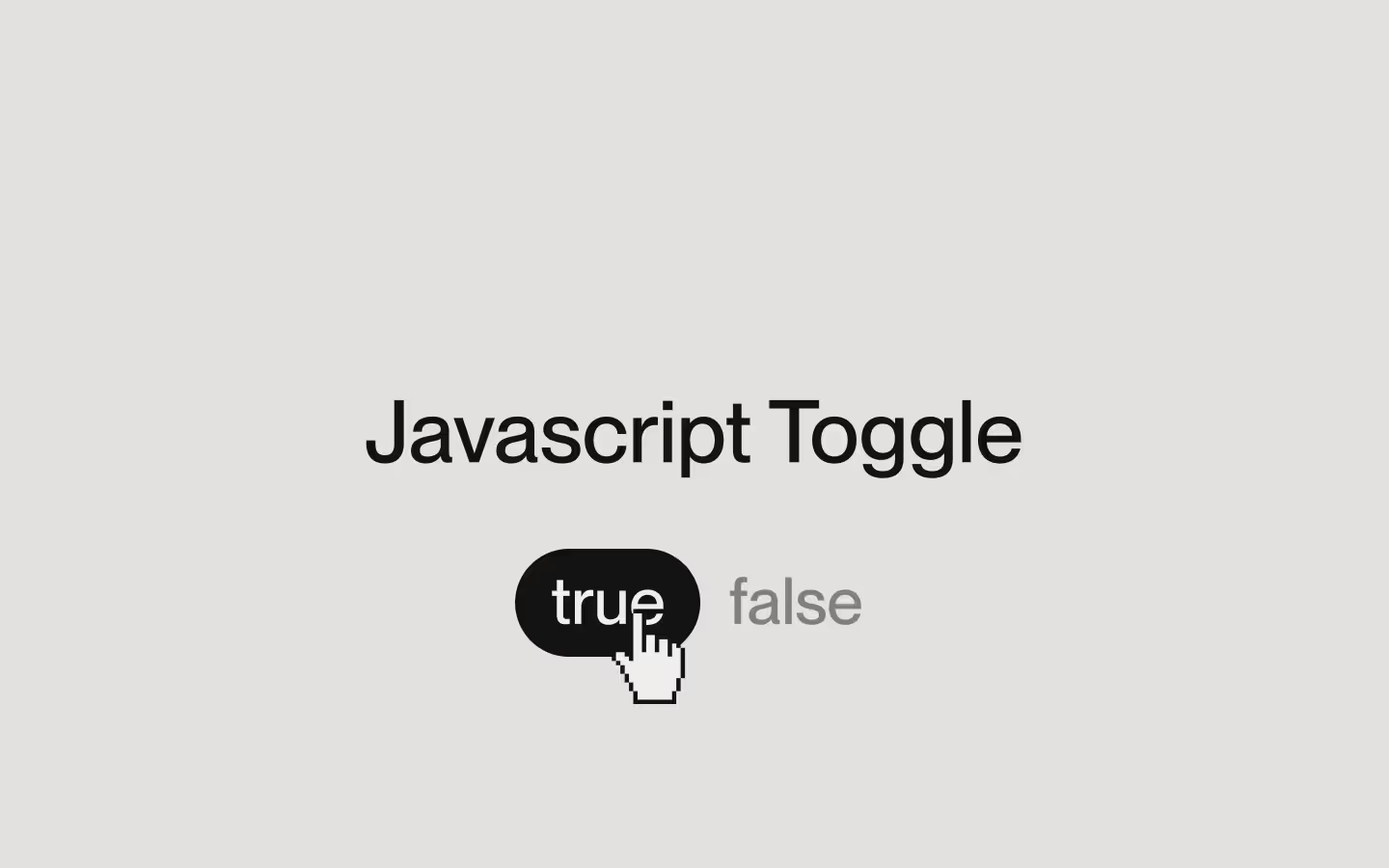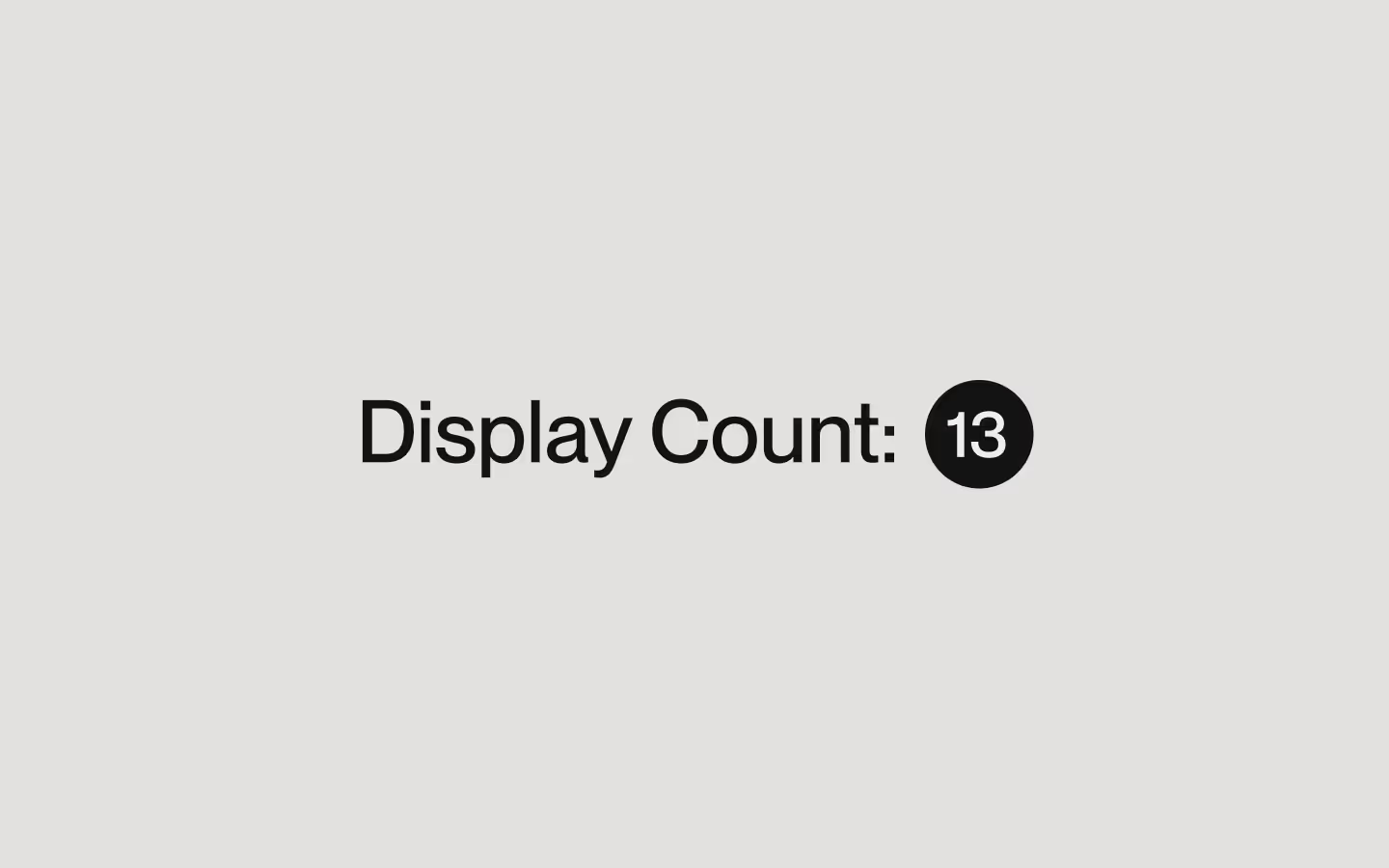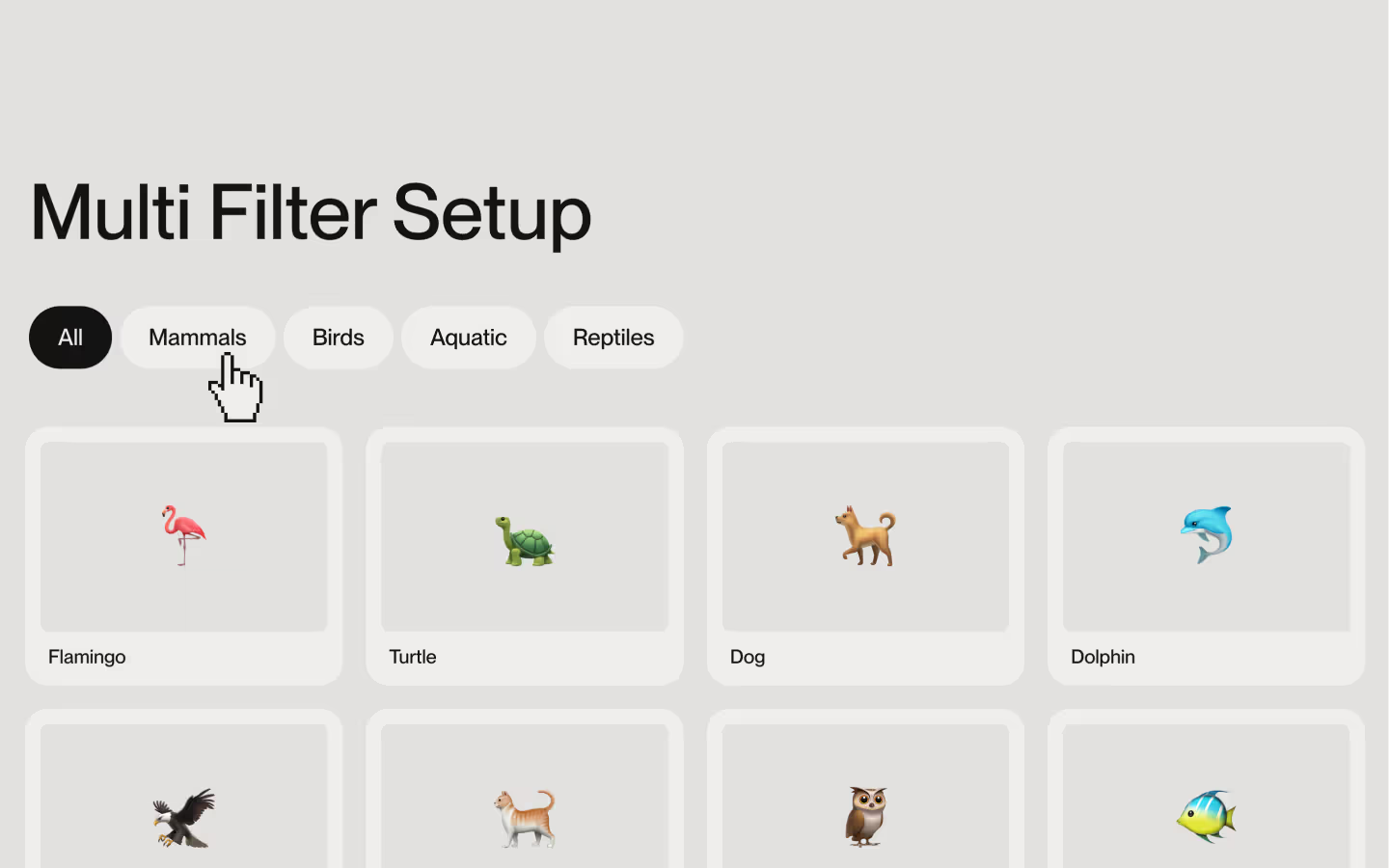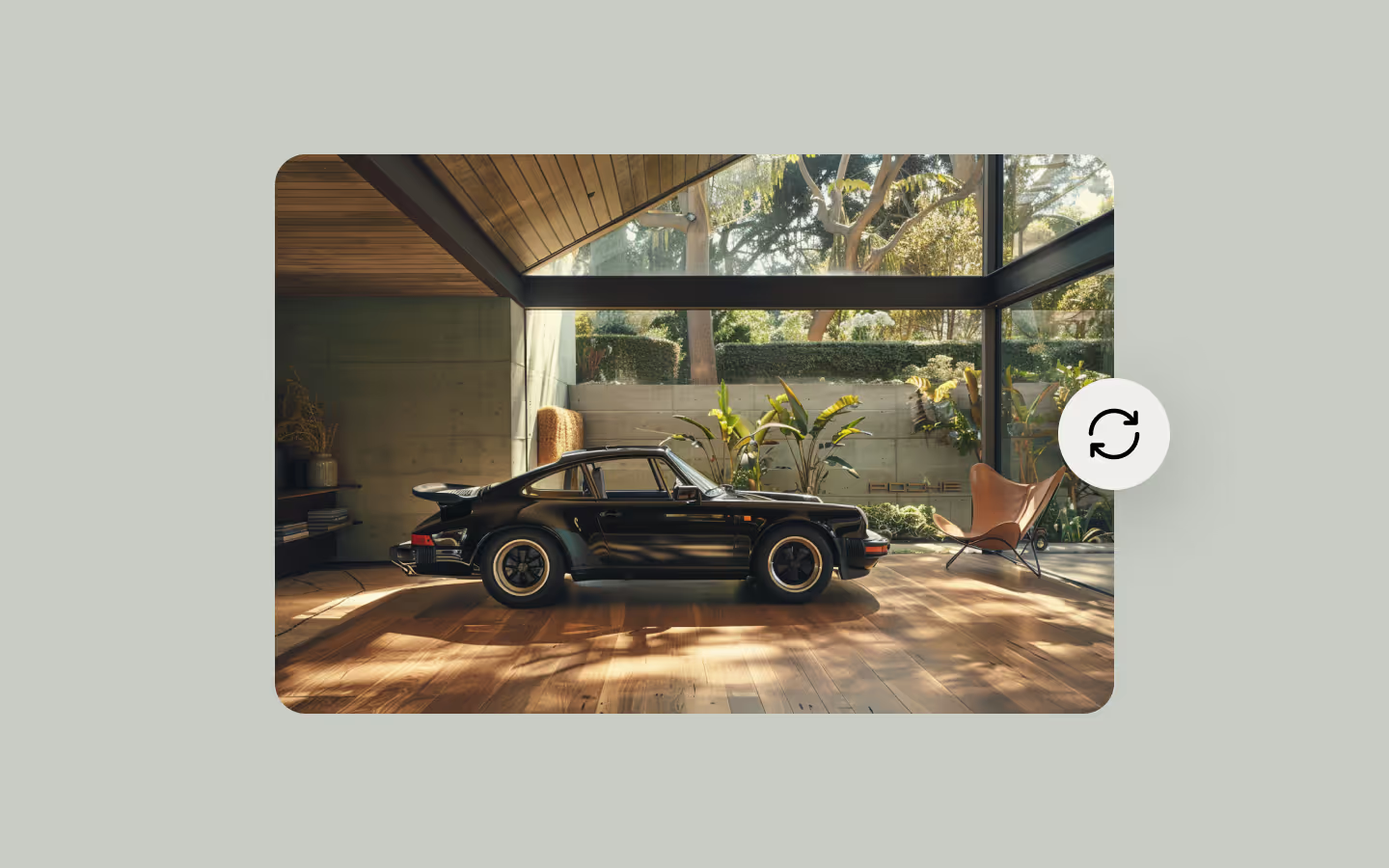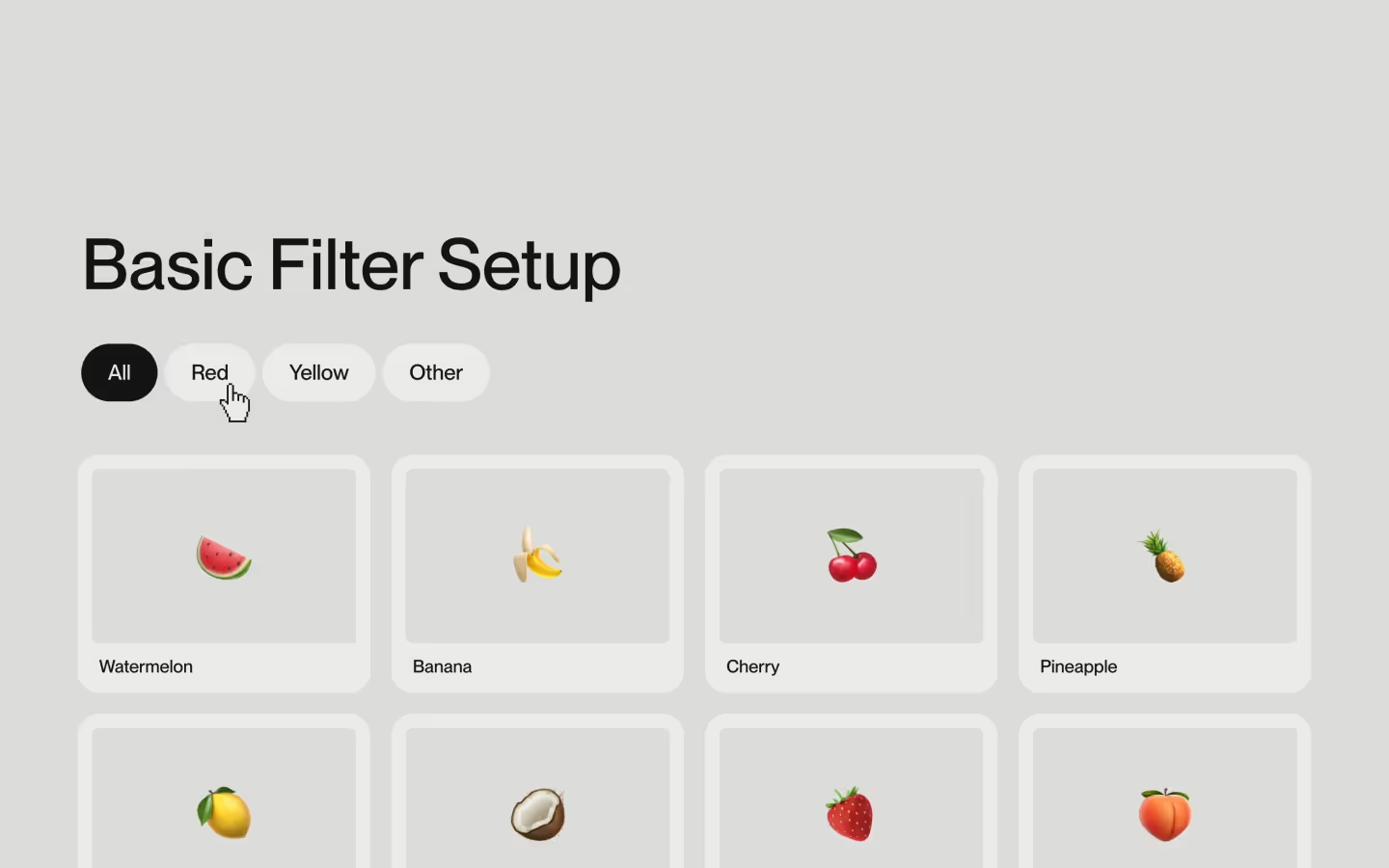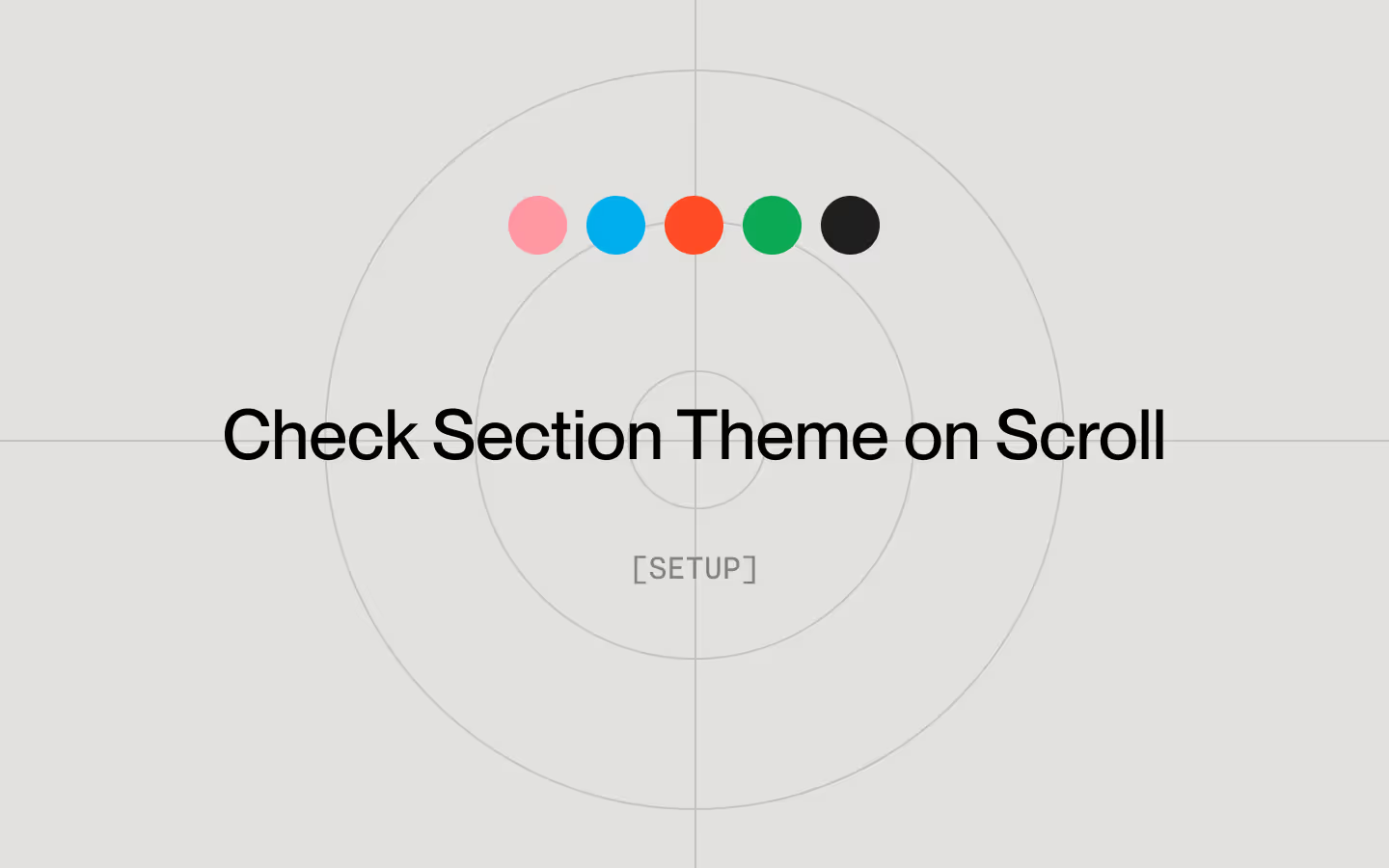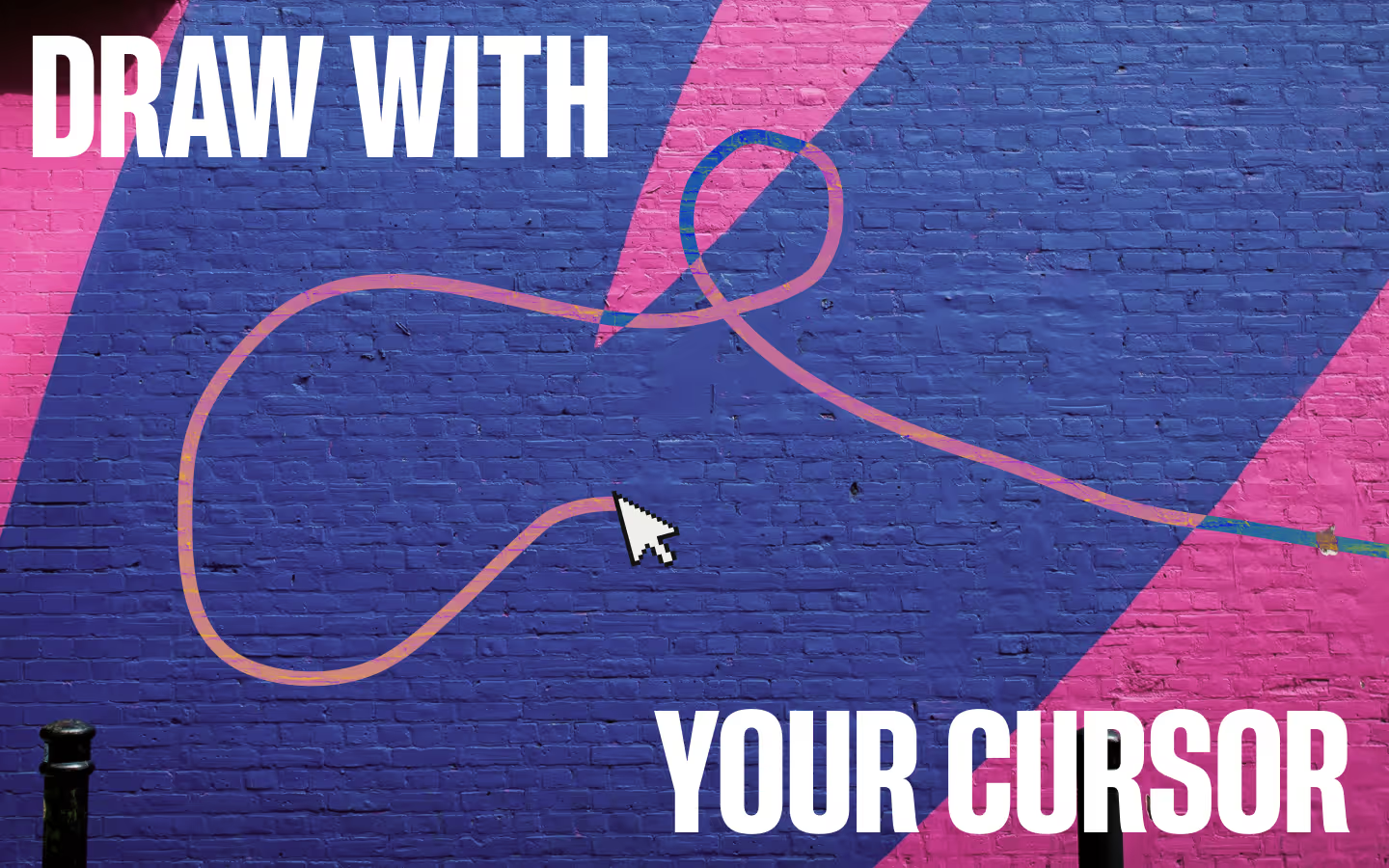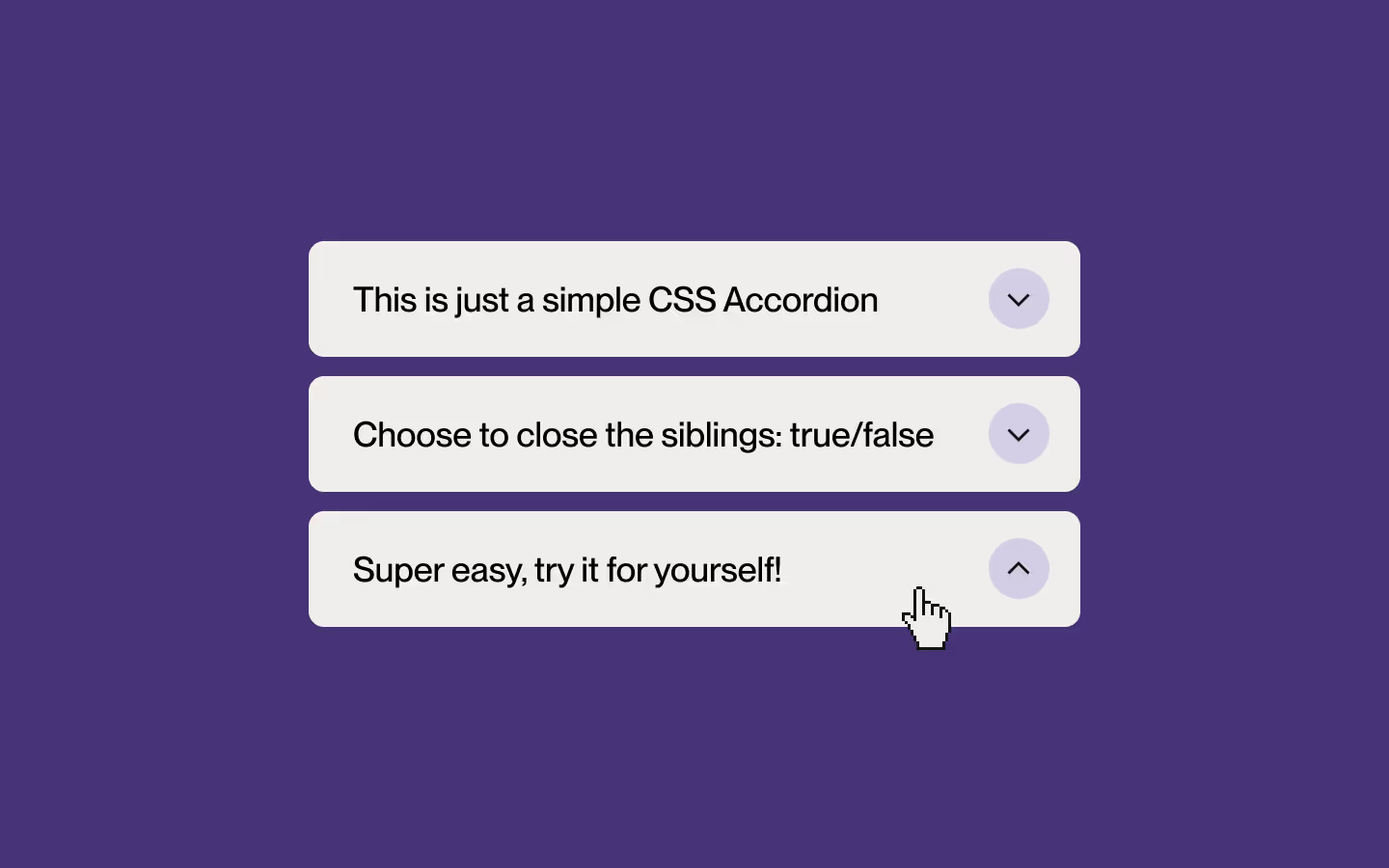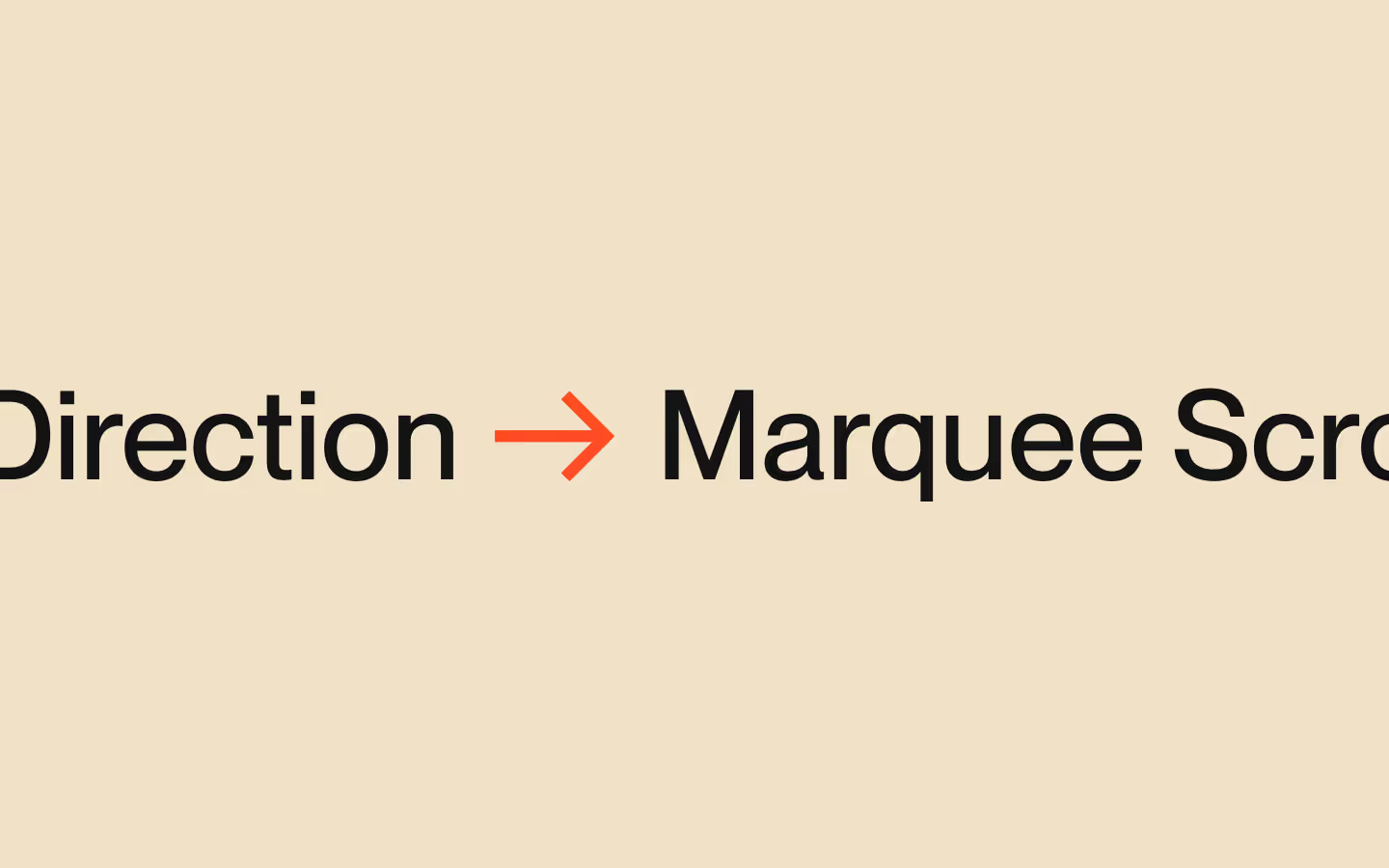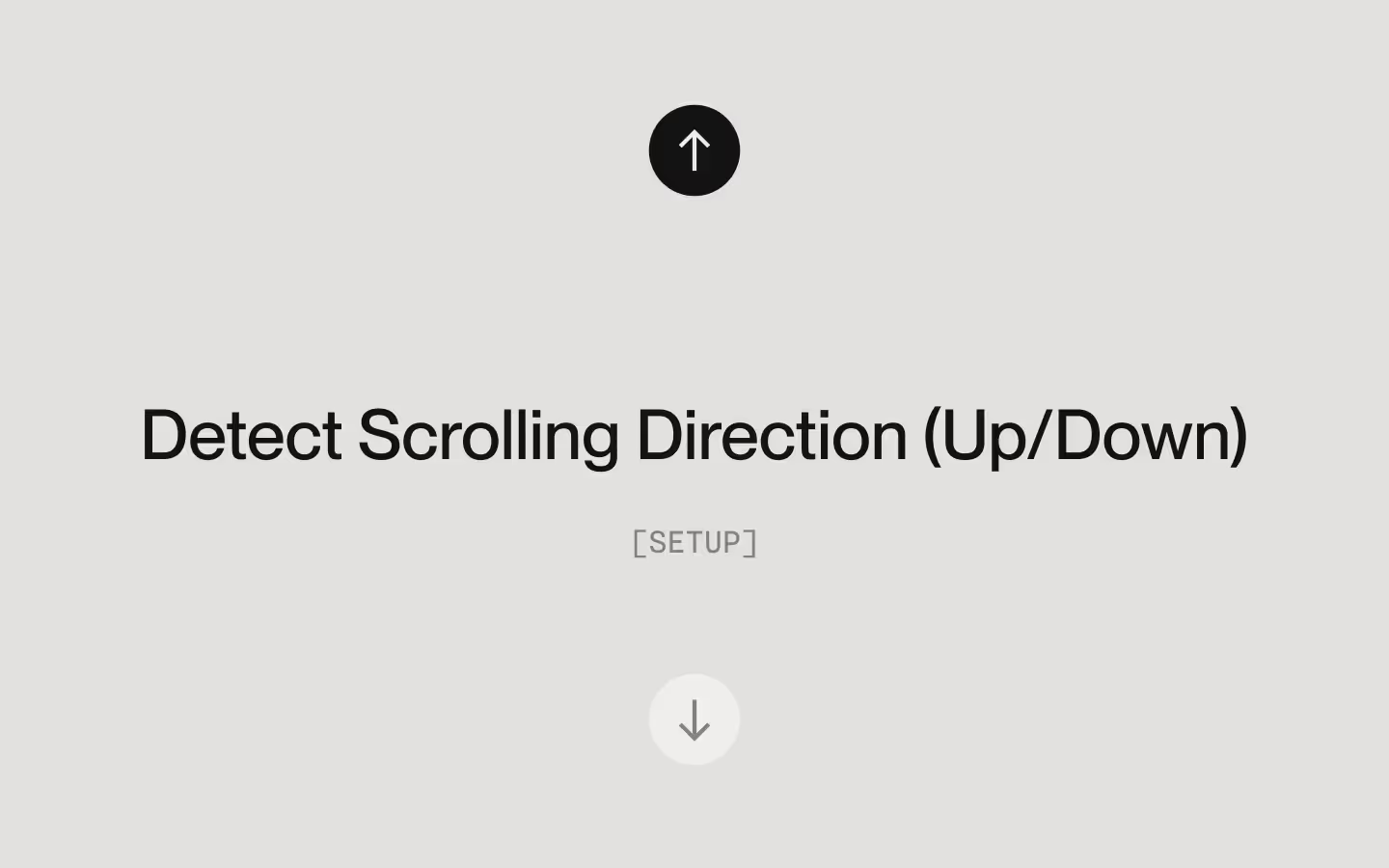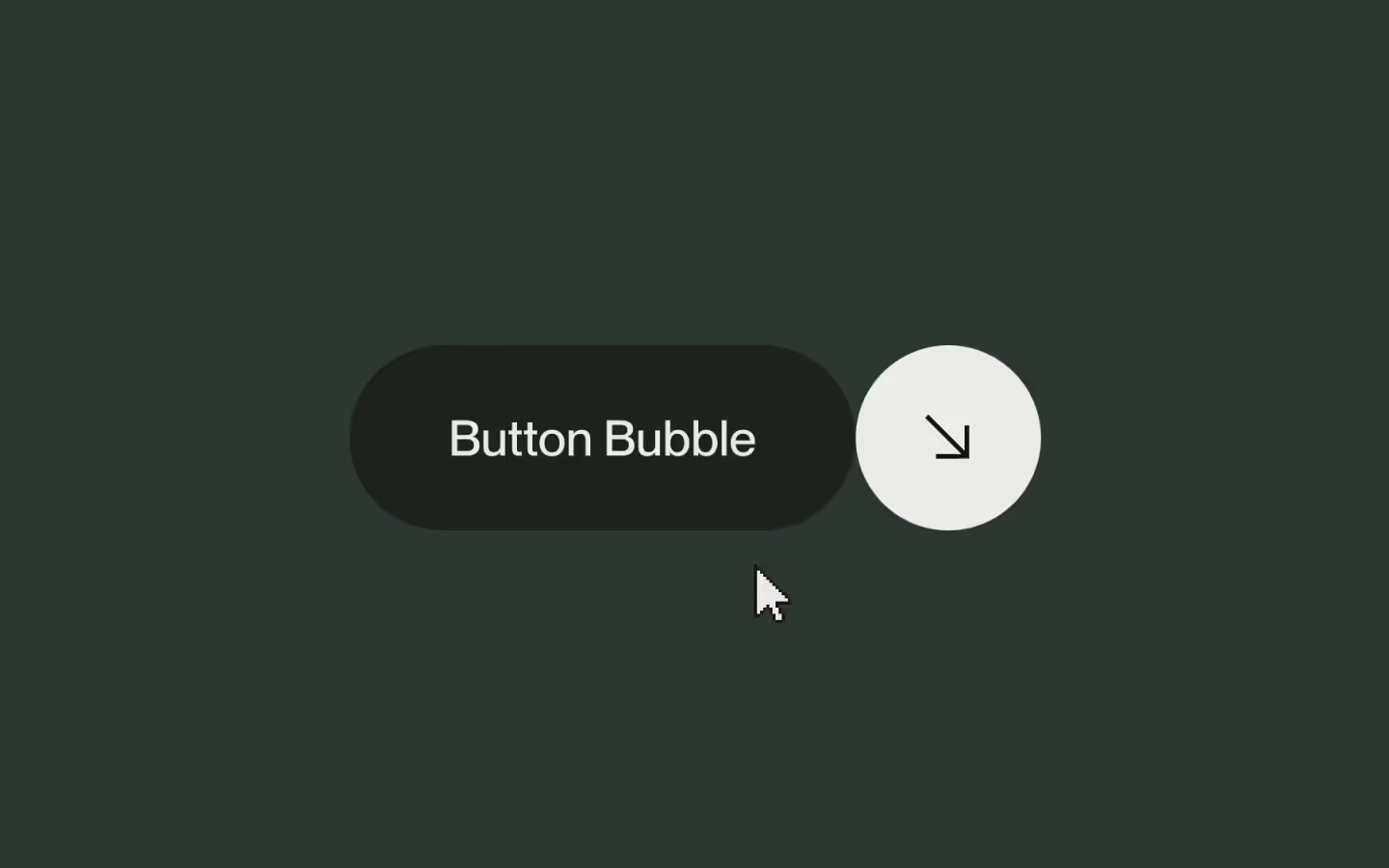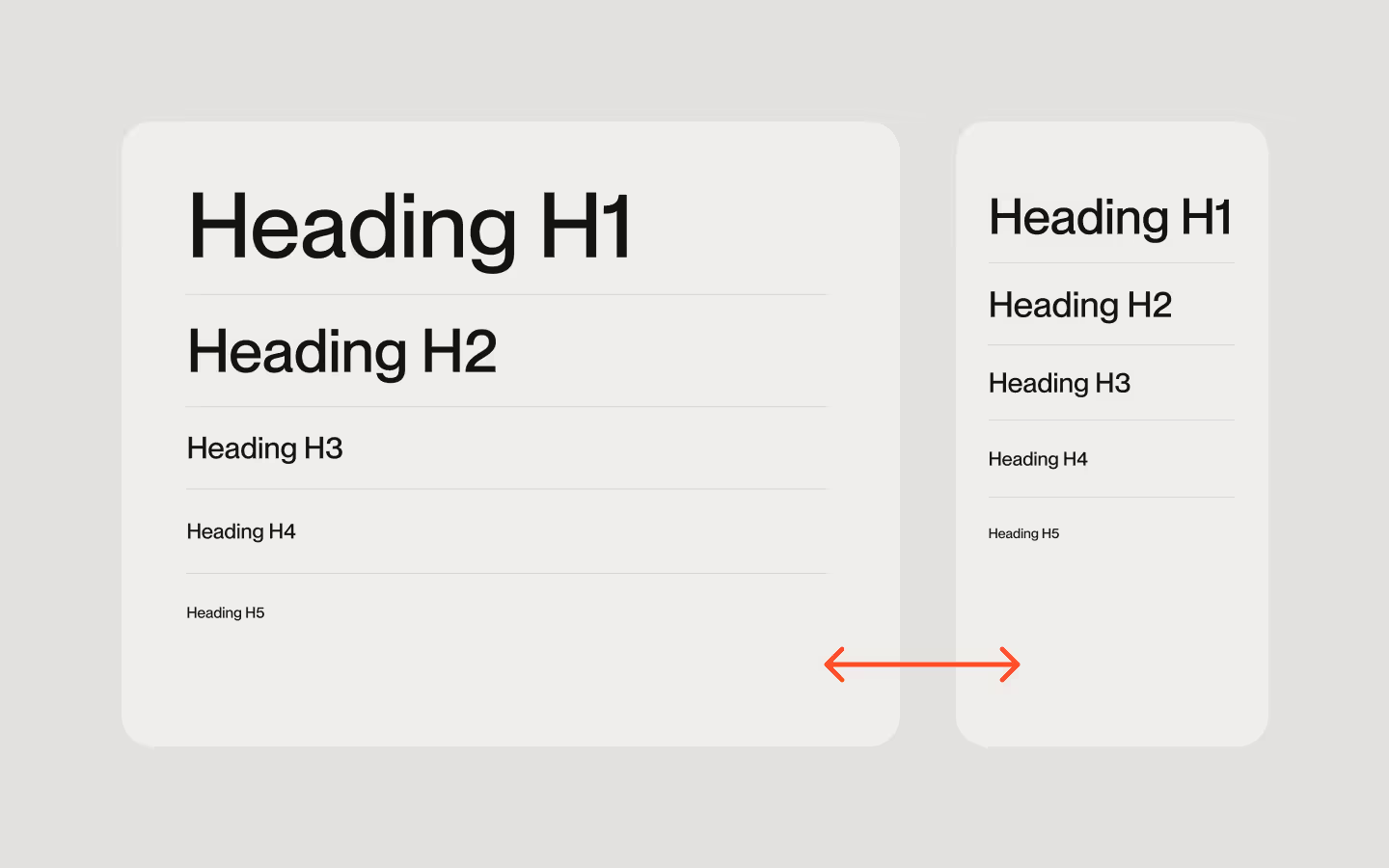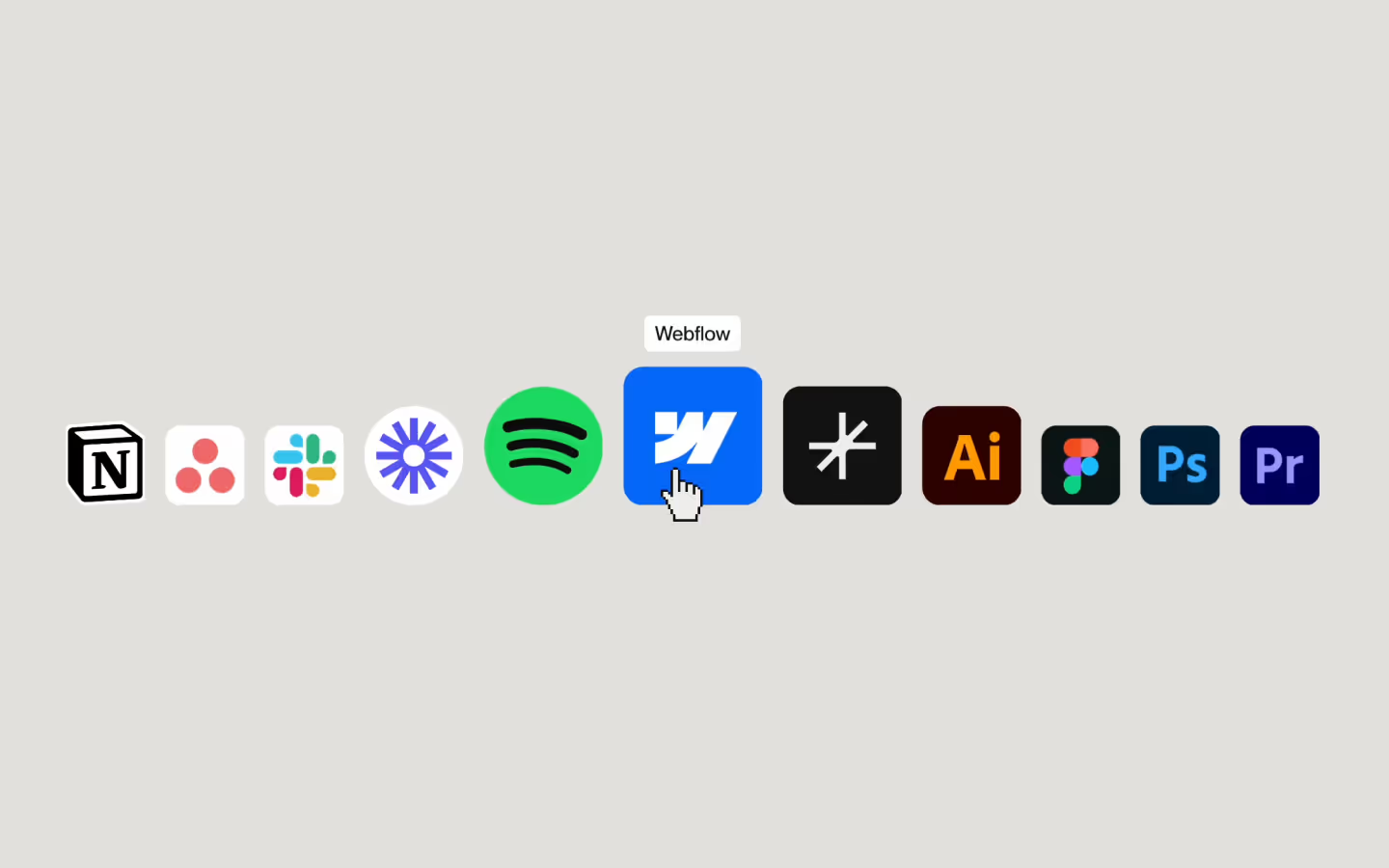
Documentation
Webflow
Code
Setup: External Scripts
External Scripts in Webflow
Make sure to always put the External Scripts before the Javascript step of the resource.
In this video you learn where to put these in your Webflow project? Or how to include a paid GSAP Club plugin in your project?
HTML
<script src="https://cdn.jsdelivr.net/npm/gsap@3.12.5/dist/gsap.min.js"></script>Step 1: Copy structure to Webflow
Copy structure to Webflow
In the video below we described how you can copy + paste the structure of this resource to your Webflow project.
Copy to Webflow
Webflow structure is not required for this resource.
Step 1: Add HTML
HTML
<div class="looping-words">
<div class="looping-words__containers">
<ul data-looping-words-list="" class="looping-words__list">
<li class="looping-words__list">
<p class="looping-words__p">GSAP</p>
</li>
<li class="looping-words__list">
<p class="looping-words__p">Looping</p>
</li>
<li class="looping-words__list">
<p class="looping-words__p">Words</p>
</li>
<li class="looping-words__list">
<p class="looping-words__p">Selector</p>
</li>
<li class="looping-words__list">
<p class="looping-words__p">Made with</p>
</li>
</ul>
</div>
<div class="looping-words__fade"></div>
<div data-looping-words-selector="" class="looping-words__selector">
<div class="looping-words__edge"></div>
<div class="looping-words__edge is--2"></div>
<div class="looping-words__edge is--3"></div>
<div class="looping-words__edge is--4"></div>
</div>
</div>HTML structure is not required for this resource.
Step 2: Add CSS
CSS
.looping-words {
height: 2.7em;
padding-left: .1em;
padding-right: .1em;
font-family: PP Neue Corp Tight, Arial, sans-serif;
font-size: 10em;
font-weight: 700;
line-height: .9;
position: relative;
}
.looping-words__list {
text-align: center;
text-transform: uppercase;
white-space: nowrap;
flex-flow: column;
align-items: center;
margin-top: 0;
margin-bottom: 0;
padding-left: 0;
list-style: none;
display: flex;
position: relative;
}
.looping-words__fade {
pointer-events: none;
background-image: linear-gradient(#e3e1de 5%, #0000 40% 60%, #e3e1de 95%);
width: 100%;
height: 100%;
position: absolute;
top: 0;
left: 0;
}
.looping-words__edge {
border-top: .035em solid #ff4c24;
border-left: .035em solid #ff4c24;
width: .125em;
height: .125em;
position: absolute;
top: 0;
left: 0;
}
.looping-words__edge.is--2 {
left: auto;
right: 0;
transform: rotate(90deg);
}
.looping-words__edge.is--3 {
inset: auto 0 0 auto;
transform: rotate(180deg);
}
.looping-words__edge.is--4 {
top: auto;
bottom: 0;
transform: rotate(270deg);
}
.looping-words__selector {
pointer-events: none;
width: 100%;
height: .9em;
position: absolute;
top: 50%;
left: 50%;
transform: translate(-50%, -50%);
}
.looping-words__containers {
width: 100%;
height: 100%;
position: relative;
overflow: hidden;
}
.looping-words__p {
margin-bottom: 0;
}Step 2: Add custom Javascript
Custom Javascript in Webflow
In this video, Ilja gives you some guidance about using JavaScript in Webflow:
Step 2: Add Javascript
Step 3: Add Javascript
Javascript
function initLoopingWordsWithSelector() {
const wordList = document.querySelector('[data-looping-words-list]');
const words = Array.from(wordList.children);
const totalWords = words.length;
const wordHeight = 100 / totalWords; // Offset as a percentage
const edgeElement = document.querySelector('[data-looping-words-selector]');
let currentIndex = 0;
function updateEdgeWidth() {
const centerIndex = (currentIndex + 1) % totalWords;
const centerWord = words[centerIndex];
const centerWordWidth = centerWord.getBoundingClientRect().width;
const listWidth = wordList.getBoundingClientRect().width;
const percentageWidth = (centerWordWidth / listWidth) * 100;
gsap.to(edgeElement, {
width: `${percentageWidth}%`,
duration: 0.5,
ease: 'Expo.easeOut',
});
}
function moveWords() {
currentIndex++;
gsap.to(wordList, {
yPercent: -wordHeight * currentIndex,
duration: 1.2,
ease: 'elastic.out(1, 0.85)',
onStart: updateEdgeWidth,
onComplete: function() {
if (currentIndex >= totalWords - 3) {
wordList.appendChild(wordList.children[0]);
currentIndex--;
gsap.set(wordList, { yPercent: -wordHeight * currentIndex });
words.push(words.shift());
}
}
});
}
updateEdgeWidth();
gsap.timeline({ repeat: -1, delay: 1 })
.call(moveWords)
.to({}, { duration: 2 })
.repeat(-1);
}
// Initialize Looping Words with Selector
document.addEventListener('DOMContentLoaded', () => {
initLoopingWordsWithSelector();
});Step 3: Add custom CSS
Step 2: Add custom CSS
Custom CSS in Webflow
Curious about where to put custom CSS in Webflow? Ilja explains it in the below video:
CSS
Customization Options
Easing
For this example we use the Elastic effect of GSAP, but it's also possible to customize this with the Bounce or Expo easing.
Duration
In the Javascript adjust GSAP of wordList duration: = 1.2; to make the animation faster.
It's also possible to change the duration of the selector edgeElement duration = 0.5
Resource Details
Last updated
April 25, 2025
Type
The Vault
Category
Sections & Layouts
Need help?
Join Slack

